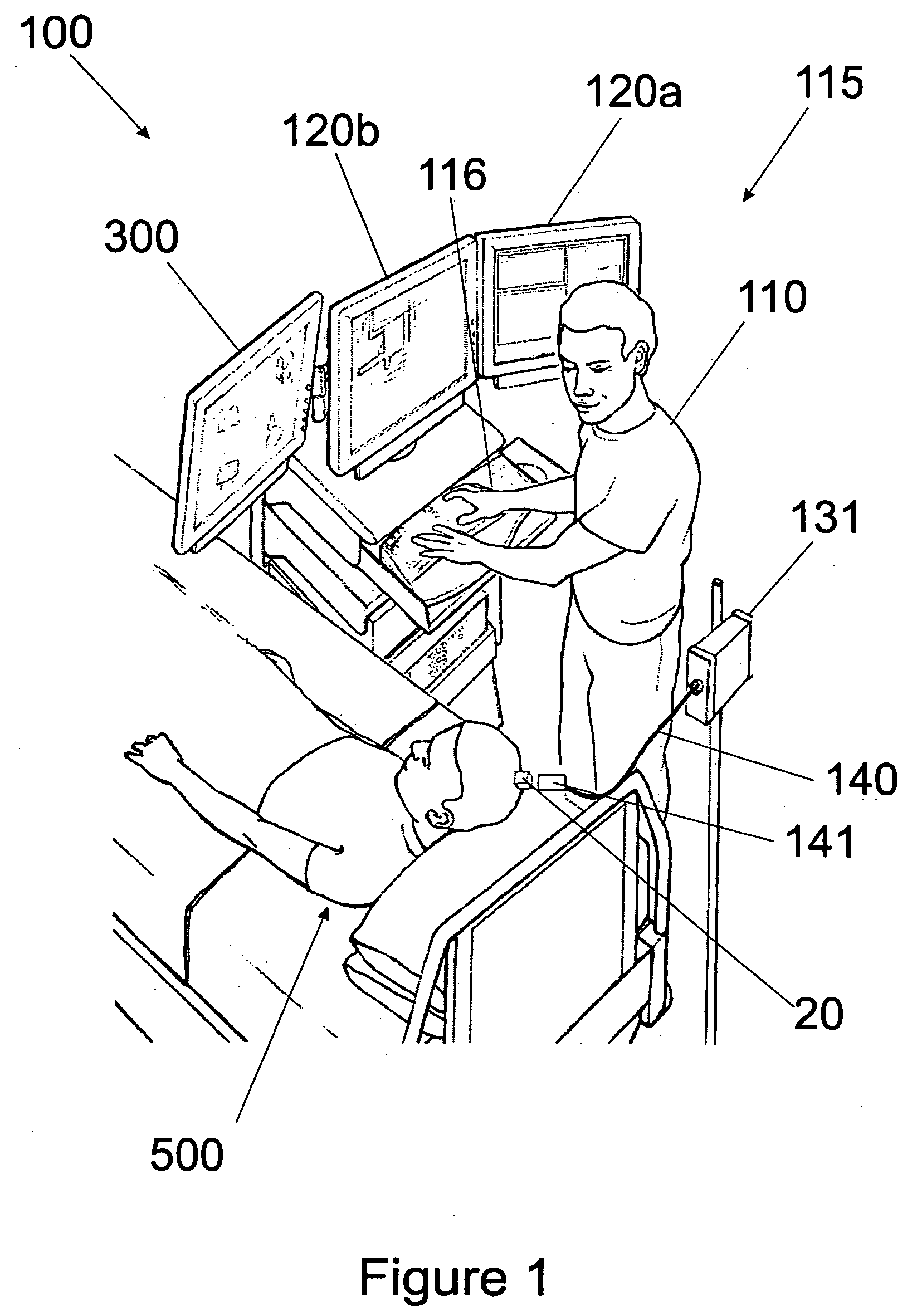Transcutaneous implant
a technology of implanted skin and transverse region, applied in the field of implants, can solve the problems of affecting the commercialization of neural interface systems, and affecting the acceptance of human clinical applications
- Summary
- Abstract
- Description
- Claims
- Application Information
AI Technical Summary
Benefits of technology
Problems solved by technology
Method used
Image
Examples
Embodiment Construction
[0002] 1. Field of the Invention
[0003] The present invention relates to implants that have a portion which transcutaneously exits the skin of a patient, and, more particularly, to systems, devices and methods whereby a neural interface system including multiple electrodes is connected to a transcutaneous implant. The transcutaneous implant provides a connection point which allows communication between the electrodes and an external device.
[0004] 2. Description of Related Art
[0005] It is well known that messages are transmitted throughout the nervous system by means of electrical signals. Electrical signals are generated by various parts of the body, such as the sensory organs, and are transmitted to the brain. The brain in turn generates electrical signals to control muscular and other activity. Certain devices including a plurality of electrodes have been developed to electrically interface with neural tissue to either receive messages from or send signals to neural cells called...
PUM
 Login to View More
Login to View More Abstract
Description
Claims
Application Information
 Login to View More
Login to View More - R&D
- Intellectual Property
- Life Sciences
- Materials
- Tech Scout
- Unparalleled Data Quality
- Higher Quality Content
- 60% Fewer Hallucinations
Browse by: Latest US Patents, China's latest patents, Technical Efficacy Thesaurus, Application Domain, Technology Topic, Popular Technical Reports.
© 2025 PatSnap. All rights reserved.Legal|Privacy policy|Modern Slavery Act Transparency Statement|Sitemap|About US| Contact US: help@patsnap.com



